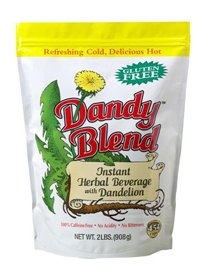Zinc deficiency can lead to depression and other mental conditions. Zinc deficiency is really important to correct because of the importance of zinc to our metabolism. It is the commonest mineral use in all our enzymes. Because of malabsorption and higher requirements from some genetic expression especially from poor methylation, people with gluten sensitivity almost always have zinc deficiency. It’s hard to diagnose from blood tests: If serum zinc is low then there is deficiency. If it is normal, it could represent zinc bound to globulins and that’s not available to use, and the person could have functional deficiency.
But a Homocysteine level above 8 is indicative of low B12, B6, B2, or zinc, or a combination of all.
Zinc is an essential mineral that is important for immune function, wound healing, normal taste and smell, and is needed for DNA synthesis. Zinc also supports normal growth and development during pregnancy, childhood, and adolescence.
· Zinc is a co-factor in DNA and protein synthesis and cell division. It is believed to be important in wound healing.
· The UK recommended ranges are 5.5-9.5 mg/day for males and 4.0-7.0 mg/day for females.
· Zinc is not stored in the body but the body contains 2 to 3 g of zinc (Zn), found mainly in bones, teeth, hair, skin, liver, muscle, leucocytes and testes.
· One third of the zinc found in plasma is attached loosely to albumin and about two thirds is firmly bound to globulins.
· Meat, liver, cereal products, peas, beans, eggs, and seafood (especially oysters) are good sources of zinc.
· Absorption of zinc salts from food is approximately 20-40%. Absorption of zinc is higher from fish and meat but lower from wholegrain bread and cereals (phytate content impairs absorption).
· Zinc is mainly excreted from body in faeces.
Although a confirmed diagnosis of zinc deficiency is rare, relative zinc deficiency caused by poor diet, malabsorption, or following burns or other trauma is probably common.
Risk factors
· Liver disease.
· Inadequate diet or malabsorption.
Presentation of zinc deficiency
Mild deficiency may cause no obvious symptoms, whereas severe deficiency may cause most or even all of the following features:
· Impaired taste and smell
· Impaired wound healing
Maternal zinc deficiency may cause anencephaly in the fetus.
Any supplements of zinc should be balance with copper in a 8-10:1-2 ratio as zinc competes with copper for absorption and taking zinc without copper may lead to copper deficiency. If one has celiac or gluten sensitivity, one might already be copper deficient too,so don't take any chances and take zinc with copper.



















